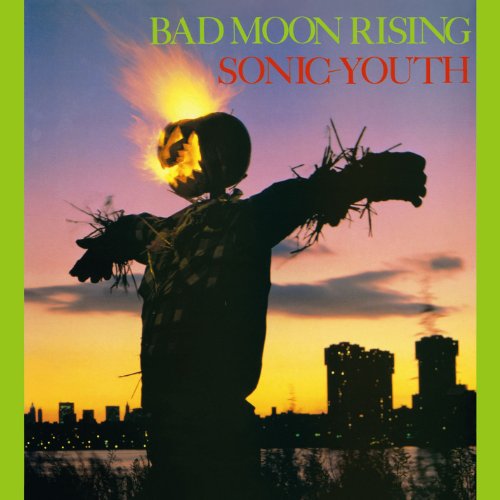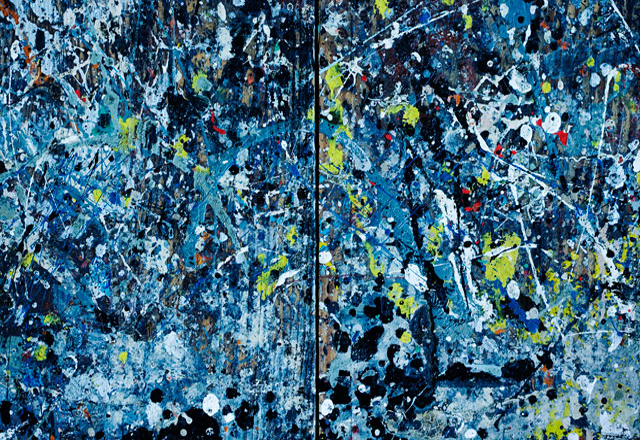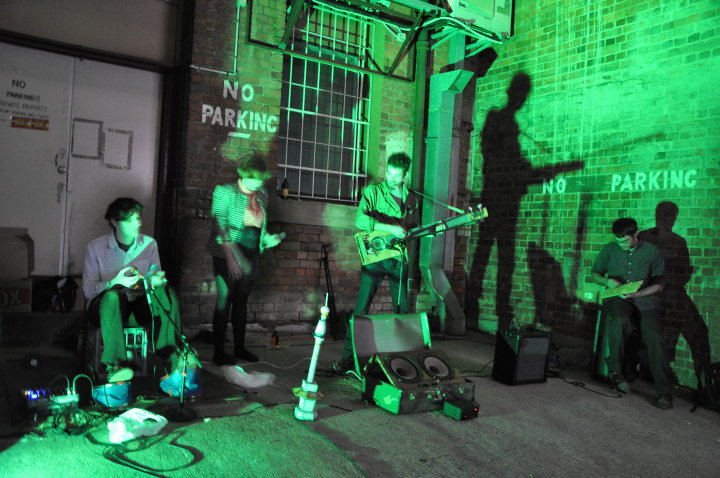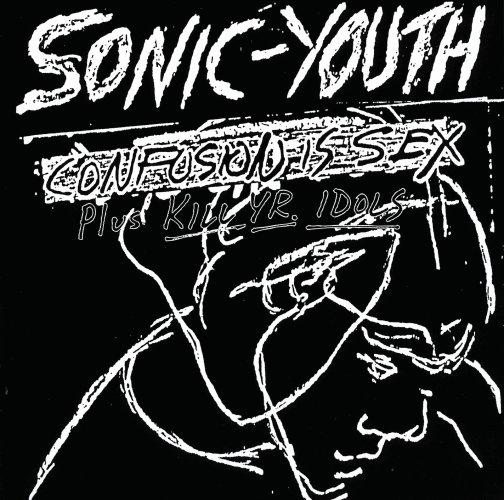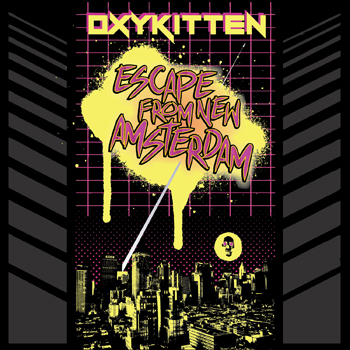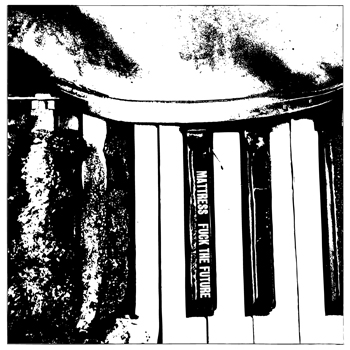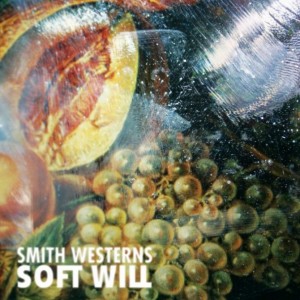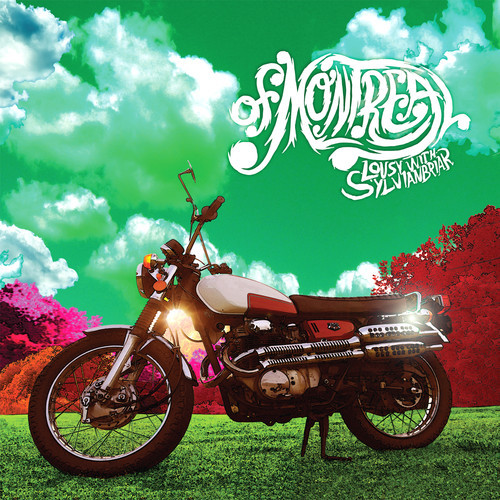
Going off of things that I have been thinking about a lot lately, which is to say things that I have been thinking about for a long time but only just started writing about: music should provide the listener with something to think about. Music should be different and it should take a contrastive perspective on things. It’s about development and moving forward, taking things that we thought were familiar and finding new ways to approach that familiar thing to make it less so.
The first time that I heard Ex-Easter Island Head my knee-jerk reaction was to compare the sounds to what Sonic Youth were doing thirty years ago. It came off as variations on a theme of “Lee Is Free,” but I was way off. There is a lot of experimenting with a new approach to the guitar, using it as essentially a strictly percussive instrument, but the focus, the more you listen to it, seems to become less about a non-idiomatic method of playing the guitar, and more about creating swelled drones and minimalist percussion patterns that just so happen to be a result of mallets against the body of a guitar.
This latest installment is the third multi-movement work from the Liverpool collective and a further exploration of their technique. The opening of the first movement allows for the resonant sound of the open tuned guitars to ring, pulsing in their tintinnabulations before harsher timbres are introduced. Multiple layers of smooth, high glissandi combine with lower grating of objects against the wound strings with some bells jangling as a further development of the opening sounds for added affect.
Most notably on this album is the extended use of silence, or at perhaps the extended use of ambiance would be a better way of putting it. Whereas on the earlier albums there seemed to be more of a concentration on the minimalist, cycling percussion patterns, this release is full of lush full sounds. The percussive hits, at least for the opening movement, are allowed to form, grow and decay with little intervention. The attacks are muted and sound more like the amplified ring of a bass drum surging underneath at intervals.
Without having anything to do with Godspeed You! Black Emperor, Ex-Easter Island Head is able to capture elements of the less-controlled parts of Godspeed songs, at the end of the first movement, for example.
In the 2nd movement the minimalist percussive focus returns, though it does so with pauses, once again allowing the ambiance to breathe. Despite the sounds of mallets striking the guitars, they begin to sound as though they are completely separate entities where the ringing guitars – though you as the listener are aware that they are being struck – begin to sound as though they are a completely separately generated sound.
New sounds are added as the movements continue. Sounds coaxed from the guitars that resemble piano chords, high pings of tight struck strings, the ever present low rumble moaning below a slow countermelody against the highly active upper motion (another allusion to gamelan composition).
Overall the albums interesting and engaging mix of percussive effects and ambient sounds creates an arc where the fourth movement resembles the tone of the first, focusing more on tone and ambiance than the sharp percussive attacks of the middle movements. The last few minutes achieving the full-bodied and consonant calm resembling the opening movement of Glenn Branca’s 5th Symphony, in it’s satisfying cohesion of tones. In those middle movements, though the ambient drones are featured, the more prominent characteristic becomes the development of rhythm. It’s growth and decay, moving away and returning. It’s not a new concept, but done well it is very effective.
Ex-Easter Island Head’s “Mallet Guitars Threes” is available now on vinyl and as a digital download here.


